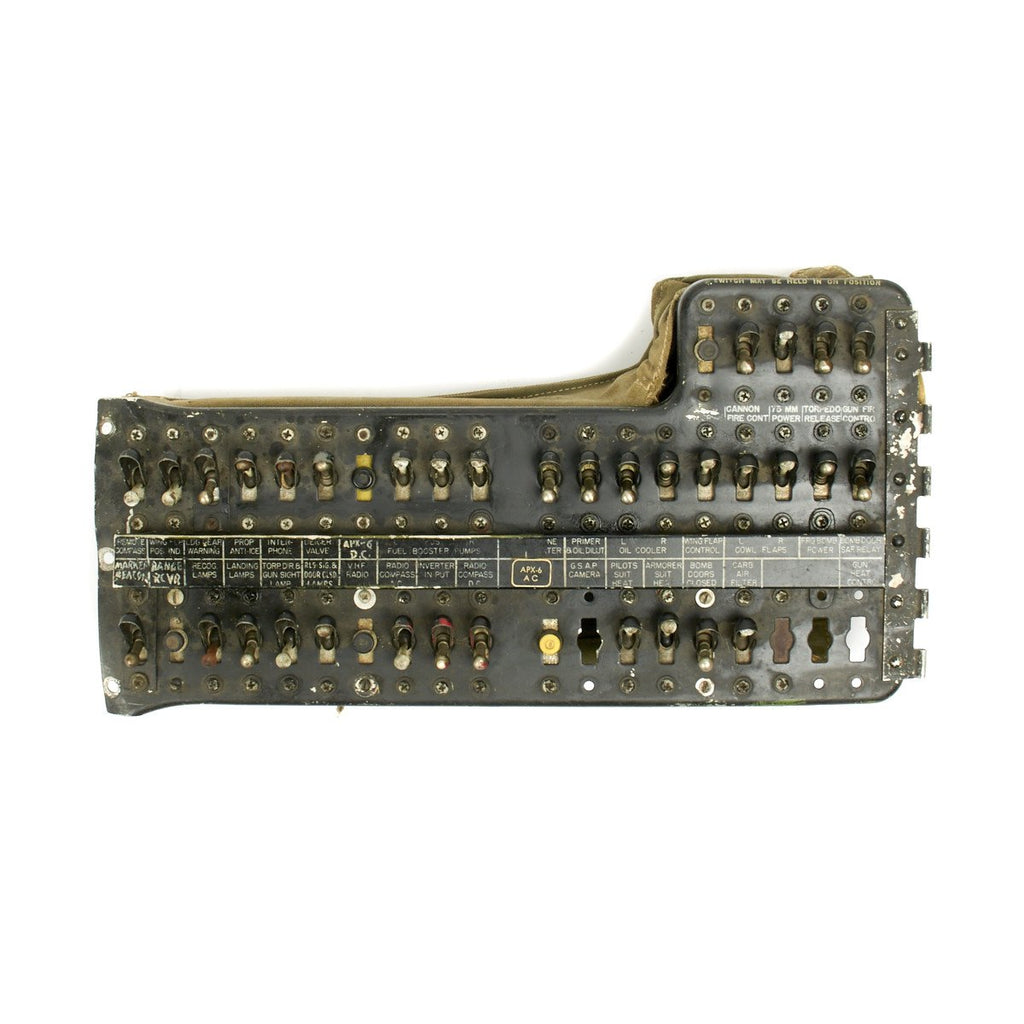Item Description
Original Item: Only One Available. The Douglas A-26 Invader (designated B-26 between 1948 and 1965) is a twin-engine light bomber and ground attack aircraft that was built by Douglas Aircraft Company during World War II which also saw service during several major Cold War conflicts. A limited number of highly modified United States Air Force aircraft served in Southeast Asia until 1969. It was a fast aircraft capable of carrying twice its specified bomb load. A range of guns could be fitted to produce a formidable ground-attack aircraft.
World War II
Pacific
The Douglas company began delivering the production model A-26B to the United States Army Air Forces (USAAF) in August 1943 with the new bomber first seeing action with the Fifth Air Force in the Southwest Pacific theater on 23 June 1944, when Japanese-held islands near Manokwari were attacked.[13] The pilots in the 3rd Bomb Group's 13th Squadron, "The Grim Reapers", who received the first four A-26s for evaluation, found the view from the cockpit to be restricted by the engines and thus inadequate for low-level attack. General George Kenney, commander of the Far East Air Forces stated that, "We do not want the A-26 under any circumstances as a replacement for anything."
Until changes could be made, the 3d Bomb Group requested additional Douglas A-20 Havocs, although both types were used in composite flights. The 319th Bomb Group worked up on the A-26 in March 1945, joining the initial 3rd BG, with the 319th flying until 12 August 1945. The A-26 operations wound down in mid-August 1945 with only a few dozen missions flown.[15] Several of the A-20 and B-25 AAF units in the Pacific received the A-26 for trials, in limited quantities.
Europe
Douglas needed better results from the Invader's second combat test, so A-26s began arriving in Europe in late September 1944 for assignment to the Ninth Air Force. The initial deployment involved 18 aircraft and crews assigned to the 553d Squadron of the 386th Bomb Group. This unit flew its first mission on 6 September 1944. No aircraft were lost on the eight test missions, and the Ninth Air Force announced that it was happy to replace all of its A-20s and B-26s with the A-26 Invader.
The first group to fully convert to the A-26B was 416th Bombardment Group with which it entered combat on 17 November, and the 409th Bombardment Group, whose A-26s became operational in late November. Due to a shortage of A-26C variants, the groups flew a combined A-20/A-26 unit until deliveries of the glass-nose version caught up. Besides bombing and strafing, tactical reconnaissance and night interdiction missions were undertaken successfully. In contrast to the Pacific-based units, the A-26 was well received by pilots and crew alike, and by 1945, the 9th AF had flown 11,567 missions, dropping 18,054 tons of bombs, recording seven confirmed kills while losing 67 aircraft.
In Italy the Twelfth Air Force's 47th Bomb Group also received the A-26, starting in January 1945. They were used against German transport links, but also for direct support and interdiction against tanks and troop contingents in the Po valley in the final campaigns in Italy.
- This product is available for international shipping.
- Eligible for all payments - Visa, Mastercard, Discover, AMEX, Paypal & Sezzle



















